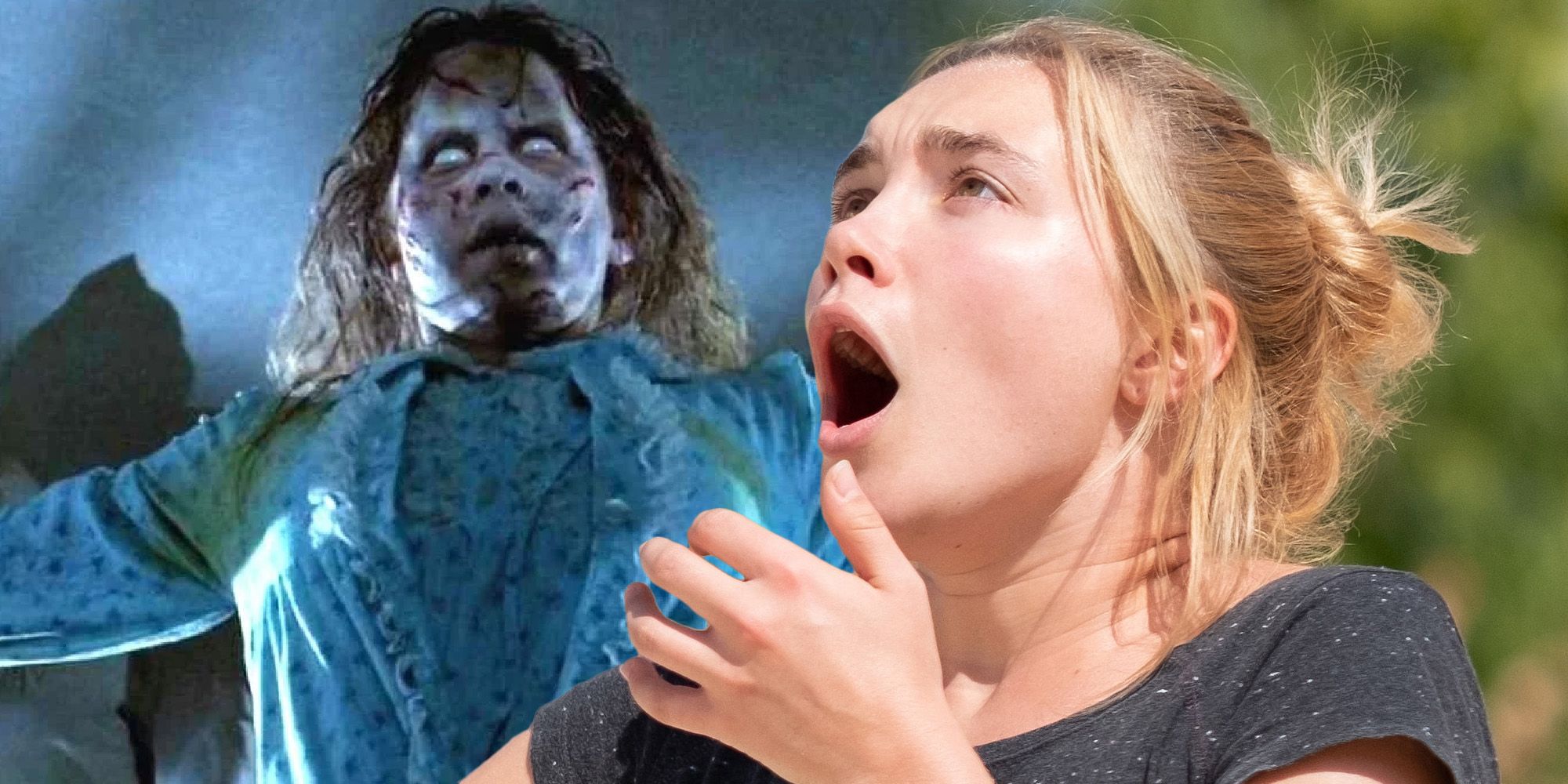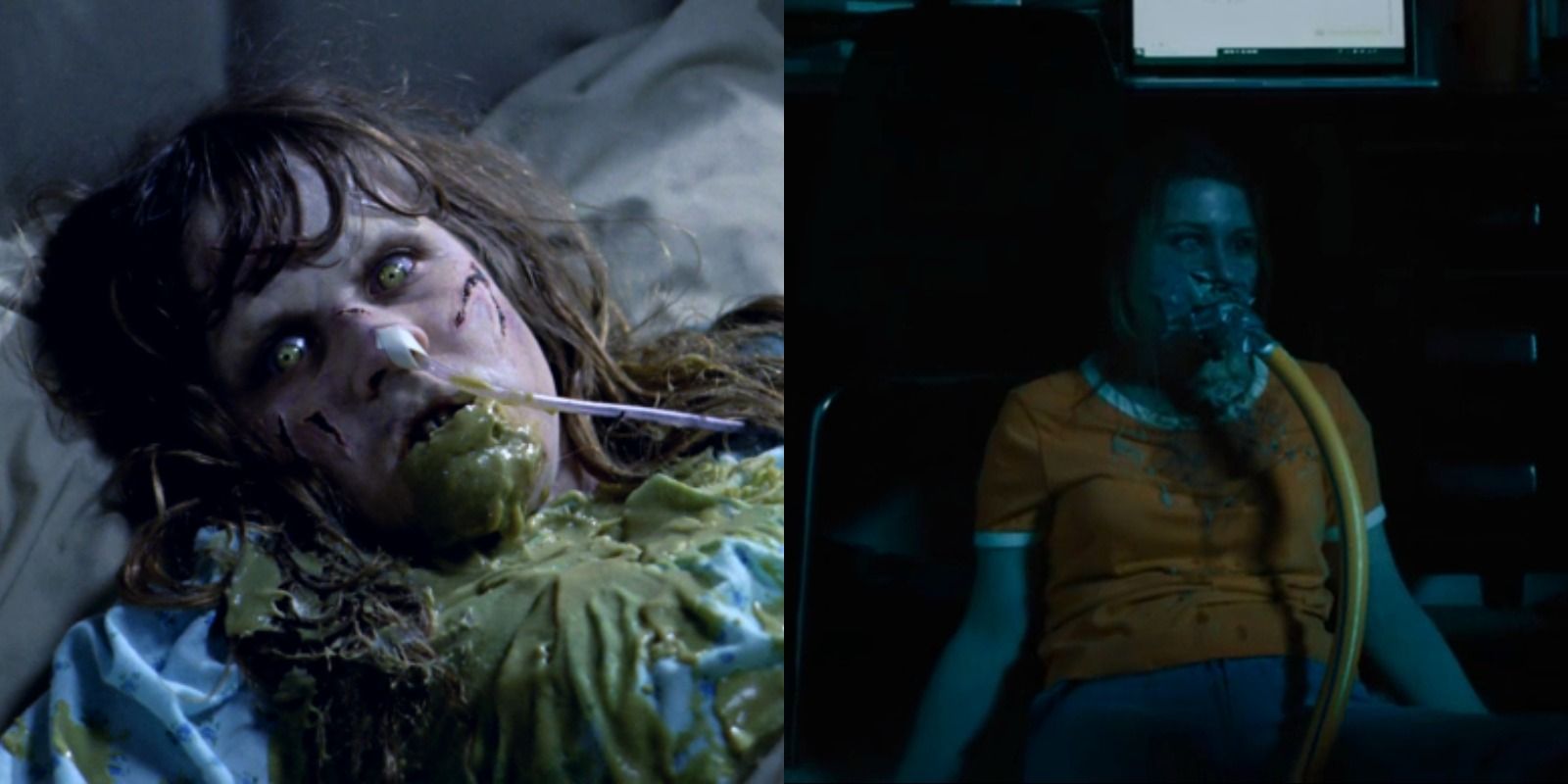Content warning: Discussions and imagery of suicide and vomit ahead. Reader discretion is advised.
Midsommar, directed by Ari Aster, is not a conventional horror movie, but it does contain a very subtle easter egg that references a horror classic: William Friedkin’s The Exorcist. The two horror movies share little in terms of plot: The Exorcist follows the story of a young woman, possessed by a demon, as those around her attempt to rescue her from its clutches. Midsommar, on the other hand, follows Dani, a graduate student who, while coping with a terrible tragedy, joins her boyfriend and his buddies on a trip to Sweden, where things are not nearly as idyllic as they initially seem.
The inciting event of Midsommar is harrowing: protagonist Dani Ardor’s world is turned upside down when she receives a foreboding email from her sister, and her worst fears are confirmed–– her sister, Terri, has taken her own life, and their parents along with her. Aster does not pull any punches while exploring Dani’s grief, and the audience witnesses the aftermath of Terri’s decision. Midsommar has been criticized for its portrayal of Terri’s bipolar disorder, and while it’s true that the film doesn’t dedicate a lot of time to exploring Terri’s experience, this subtle nod to The Exorcist might indicate a little more nuance than is easily apparent.
A famous and, arguably, unforgettable moment from The Exorcist occurs when Regan, possessed by the demon Pazuzu, projectile vomits onto Father Karras. Production famously used pea soup mixed with oatmeal for the concoction, giving it its signature bright green color. The vomit doesn’t hold much symbolic significance, but is suitably horrifying and made a lasting impact on audiences. Terri’s death holds a great deal more narrative weight than Regan’s stomach upset, but was similarly upsetting to viewers. Though not a major visual detail, while Midsommar tracks the results of Terri’s actions, it does show Terri’s body–– and her shirt is covered in green vomit.
While Terri’s green vomit is not an unrealistic side affect of her suicide - bile is often bright green in color, and inhaling fumes could have certainly caused her to become sick - it seems like an intentional nod to one of the most iconic images from The Exorcist. The reference might even reveal some of Aster’s thoughts or intentions in terms of portraying Terri’s experience with her bipolar disorder. Though some believe Midsommar demonizes Terri for her actions, which led to murder-suicide, the reference to The Exorcist may have been Aster’s way of depicting the ways in which mental illness can wrest control from those who deal with it. Though Dani’s grief takes center stage, the film doesn’t go out of its way to portray Terri as evil or vengeful. In fact, in drawing a parallel between Regan's demonic possession and Terri's fate, Midsommar may be trying to express that Terri is a victim of her personal demons, which became, tragically, too great for her to bear.
Of course, a larger conversation about mental health is always important; good intentions don’t absolve the film of any potential harm or pain caused to its viewers. It is, however, interesting to consider the ways in which Aster may have used this minor, but widely recognizable easter egg to flag his intentions with Terri’s character. Midsommar, like all films, is imperfect, but a subtle nod to a popular predecessor within the genre is a clever way to broadcast the larger story behind such a brief, yet all-important moment.


